New Leaves Notification Deadline - January 1st

In the last round of bargaining, SDEA and SDUSD's bargaining teams agreed to some changes in Article 10, Leaves, in the union contract, which impact the dates by which SDEA bargaining unit members need to submit requests for leave. These changes also impact when unit members need to indicate they intend to return from long-term unpaid leave at the start of the subsequent school year.
Beginning in the 2023 - 2024 school year, Category I long-term unpaid leave requests need to be submitted by January 1, 2024 for leaves anticipated to commence at the start of the 2024 - 2025 school year.
Category 1 long-term leaves are those leaves for professional study, travel, opportunity, service to other public organizations, service to professional organizations, and other leaves determined by the superintendent.
These rules do not apply to leaves under Category II, such as health or home responsibility leaves, or under Category 3, such as military leaves; more information on these leaves can be found in Sections 10.7 and 10.8 in the contract.
Unit members on Category I long-term leaves must notify the Human Resource Services Division on or before January 1 of each year of the leave as to their intention either to extend the leave for another school year (if eligible), to return to paid service at the beginning of the next school year, or to resign from the District.
See Section 10.6 in the union contract for more information on these types of leaves.
Letters in Solidarity - SDEA Leadership is a Movement

A movement is when a group of people with shared interests and common goals move forward using collective action. Our successful contract campaign last year was a movement led by collective action. Our movement had a shared goal of winning a historic contract to Recover, Rebuild and Rise Together. We were successful because we stood together. When we stand together, we win! Our movement continues with new goals. This year, we have identified four common goals for building strong union sites:
Strong, Meaningful Site Governance Teams
Shared decision making is our contract right. The Site Governance Team (SGT) is the structure for shared decision making at sites and programs. The SGT is not the same as SSC or Instructional Leadership Teams. Instructional Leadership Teams are often appointed by administrators and are advisory bodies. They cannot vote to make changes to sites. School Site Councils oversee the site’s federally-funded budgets like Title I and SPSA. SGTs have voting power over many components of a school’s instructional program, including discipline plans. SGTs are composed of elected representatives from all stakeholder groups in the school community. They work together collaboratively while representing the viewpoints of their constituents. High-functioning SGTs have the power to make our schools more successful and inclusive. If you need assistance establishing or improving the effectiveness of your SGT, your AR can reach out to their organizer to schedule a training at your site. Use this rubric to gauge your SGT's effectiveness.
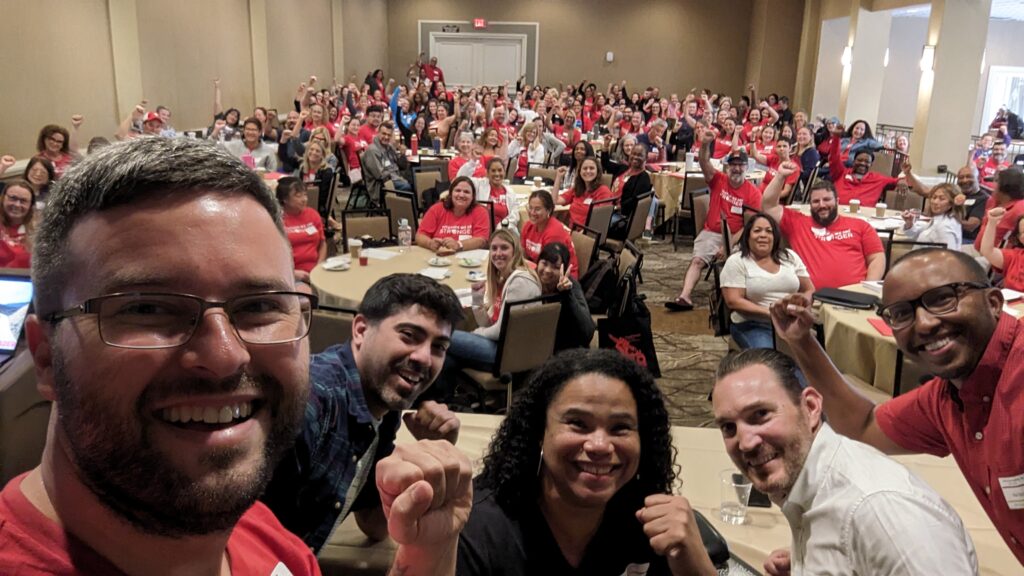
Updated Restorative Discipline Plans
Educators cannot teach and students cannot learn if they do not feel safe. Our contract requires that all sites have a Restorative Discipline Plan that was developed with input from educators, classified staff, families, admin and students where appropriate. The plan must have clear expectations and consequences for student behavior and determine who is responsible for implementation. Having a Restorative Discipline Plan is only the beginning. In order to be effective, RDPs must be implemented with fidelity by staff and admin. Adherence to the RDP is easier to ensure when it has been democratically voted on by the SGT. Effective Restorative Discipline plans are essential for respecting the rights of educators and students.
Outreach and Support for New Educators
New educators are overwhelmed. For most of our new educators, this is their first experience working in a school. They are learning how to do their job and often rely on their more experienced coworkers for guidance with classroom management, content material and how to navigate their school site. For a majority of new members, this is also their first experience with a union. They are often unaware of their rights and feel apprehensive to ask for help. It’s important to let them know that they are part of the union at the site level. They need to know that there is solidarity at their site and being a member of SDEA means you never stand alone.
Strong Site Communication
Sharing information is vital to ensure a strong union school. It’s how we promote solidarity. There are many structures for information sharing within your site or program. Monthly union meetings are the most effective structures for sharing information. Members gather together to hear updates from Rep Council. These updates include bargaining, school board actions, member issues and much more. It’s also a venue to share site issues. Knowing what the issues at your site or program are leads to organizing around the issues and finding a solution. Leadership Teams, CAT teams, bulletin boards, texts and emails all promote communication and unity.
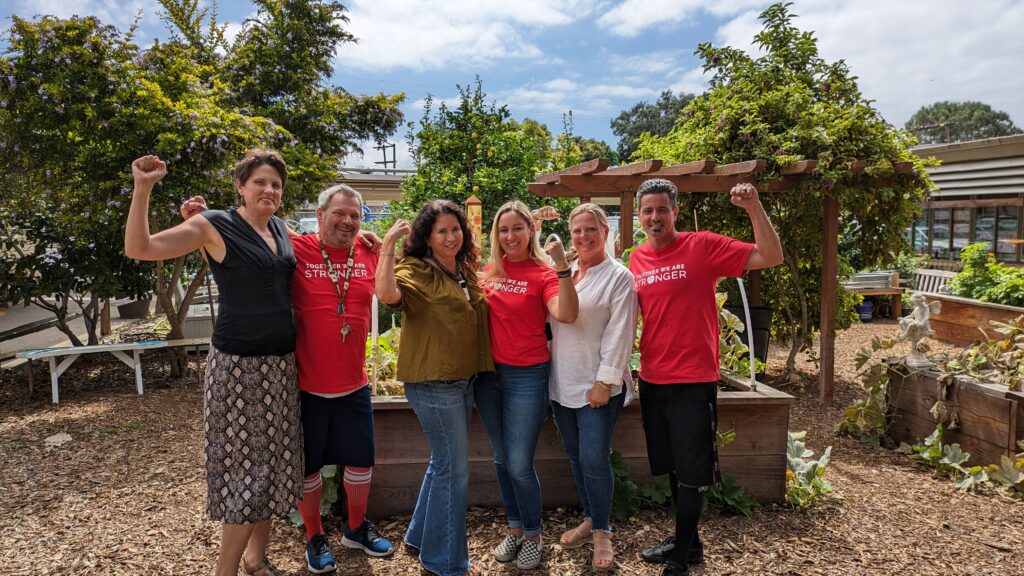
One goal that is steadfast is advancing Solidarity at our sites. Schools with high levels of solidarity enable members to have a stronger voice at their site. Members use their collective voice to achieve a common goal. Sites with solidarity work together to promote respect for our contract and the rights of educators resulting in improved working and learning conditions for the entire educational community. Solidarity leads to shared leadership, allowing all members to participate and contribute. Sharing leadership among members leads to strong union sites by sharing the work and making our goals sustainable. Strong union sites result in a strong, powerful union!

Strengthening Schools: Our Local and Statewide Work to Win the Schools Our Students Deserve
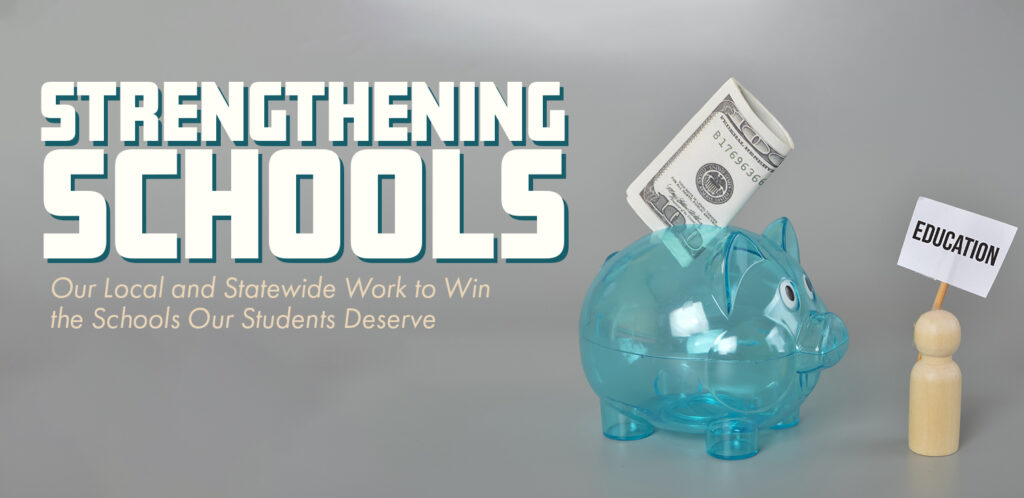
During the past school year, SDEA members engaged in a historic contract campaign, aiming to secure competitive compensation, robust student support, and address broader community needs. Thousands of SDEA members and parents held meetings, rallied, and even participated in a massive school board action. Consequently, we successfully negotiated a transformative contract that will significantly bolster our school's ability to attract top educators while ensuring essential support for students with diverse needs. Additionally, after-school programs will be tailored to meet the specific needs of our community, rather than being imposed from above. This achievement was bolstered by an impressive turnout, with over 84% of eligible voters participating, and an overwhelming 98% approval rate for the contract.
In the coming months, expect to hear concerns from district finance administrators about sustaining these gains. It's important to note, especially for newcomers to the district, that our district's financial outlook tends to err on the side of caution. Despite this, California's schools have witnessed historic increases in funding in recent years, with our recent contract extension being part of this trend. However, as student enrollment continues to decline, it is crucial for the district to effectively manage attrition to align staff numbers with student demographics. While the contract is sustainable, it will require diligent stewardship from the district in the years ahead. Nonetheless, California still lags behind in student funding, ranking in the lowest quartile among states.
In the 2019-20 academic year, California allocated $13,686 per student in state and local funding, ranking 33rd among states. This fell $1,760 below the national average of $15,446 and only amounted to half of New York's per-student funding, which stood at $26,605. This according to a recent study from the Education Law Center. These figures are based on a recent study by the Education Law Center using the latest available school funding data. These figures are based on a recent study by the Education Law Center using the latest available school funding data. Rallying at the SDUSD headquarters, as supportive as it may be, will not alter this challenging reality. To secure increased school funding and safeguard our current gains, we must unite with educators across the state.
Over the next two years, SDEA members will collaborate with educators from California's largest school districts to advocate for improved school funding. This year, we will return to the bargaining table for expedited negotiations regarding potential wage increases for the 2023-2024 school year, known as reopener bargaining. However, next year, we will engage in negotiations for the next three-year contract. In this fight, teachers from Los Angeles, Oakland, San Francisco, San Jose, Sacramento, and numerous other chapters of our statewide union will join forces to protect and expand our achievements. We share a common deadline for contract expiration, and this time, our battle will extend to the decision-makers in Sacramento.
The Rent is Too Damn High: Addressing Staffing Shortages through Affordable Employee Housing

Despite our best efforts to address staffing shortages through our collective organizing last school year and our historic new contract, this school year we continue to feel the impact of numerous vacancies in our schools, especially in positions that serve the highest need populations like students with disabilities, 4 year olds in TK and multilingual learners. This means that we must start exploring solutions to other barriers to becoming an educator in our district like the cost of local housing that has grown astronomically since the beginning of the pandemic.
In 2022, the annual income required to afford a median-price home in San Diego was $212,577. Even with the 15.5% increase in salary we are seeing on this year’s paychecks over last year’s paychecks, the average first year educator in SDUSD makes $62,185. If a couple were both working as early career educators in SDUSD, they would be nowhere near making enough income to be able to buy a home in our region. And according to a recent report by the National Center on Teacher Quality, it would take 25 years to be able to save up enough of our paychecks to afford a 20% down payment on the average San Diego home.
So if SDUSD educators are no longer able to pursue the American Dream of long-term financial security with homeownership, why don’t we just rent? This option is now also severely restricted as San Diego is the most competitive rental market in Southern California and the average monthly rent for a one bedroom home in San Diego is $2,532 a month. San Diego Unified is ranked as the third least affordable school district in the country for new teachers looking to rent one bedroom homes. It would require at least a $101,288 monthly income to be able to afford the rent on the average 1 bedroom San Diego home and remain financially stable by not spending more than the recommended 30% of our income on housing.
As educators, we are responsible for preparing the next generation of students for success but more and more of us cannot afford to live anywhere near the communities we serve. Living so far from our school communities makes it harder to understand the complex dynamics of student environments and be able to connect with them. Every year, growing numbers of educators are moving to places like Temecula and Murrieta and commuting more than an hour one way to schools because the rent is too damn high! Spending this much time in traffic not only contributes to global warming, it also diminishes our ability to focus on meeting student needs with the time and stress associated with our commute.
So what is the solution? While no measure is sufficient on its own to tackle a complex problem like the unsustainable cost of housing, one policy tool at our disposal enabled by recent state legislation is the construction of affordable education workforce housing on surplus district land. The SDEA-endorsed Measure U school bond measure passed in November 2022 and allocates more than $200 million to construct affordable SDUSD employee housing. This will start with units at the current Ed Center on Normal St. once the new district headquarters is built in Kearny Mesa in late 2026. We will need to bargain the parameters for district employee housing including the income threshold for educators living in the units and starting these negotiations is a top SDEA priority.
Imagine a future when new educators can afford to live and work in San Diego Unified, save up money for down payments on homes and reduce greenhouse gas emissions by living closer to our schools and public transportation. Through the efforts of our union to pass Measure U, we are now much closer to making this dream a reality and being the first district in the county to build education workforce housing.
New educators are joining SDEA!

Congratulations to the newly hired educators who have joined the union so far this year! Your decision to become a member is a crucial step towards building a strong and impactful union. By joining together with your fellow educators, you are creating a movement that has the power to advocate for the needs of both students and teachers alike.
By coming together, educators have the power to make change in schools and negotiate union contracts with better pay, benefits, and learning conditions. Extra benefits of union membership include legal services for work-related issues, a $1 million liability insurance policy, and access to discounted disability insurance.
When we join together, we can fight and win for students, schools, and our profession!
If you’re not yet a member of SDEA, you can join online now.
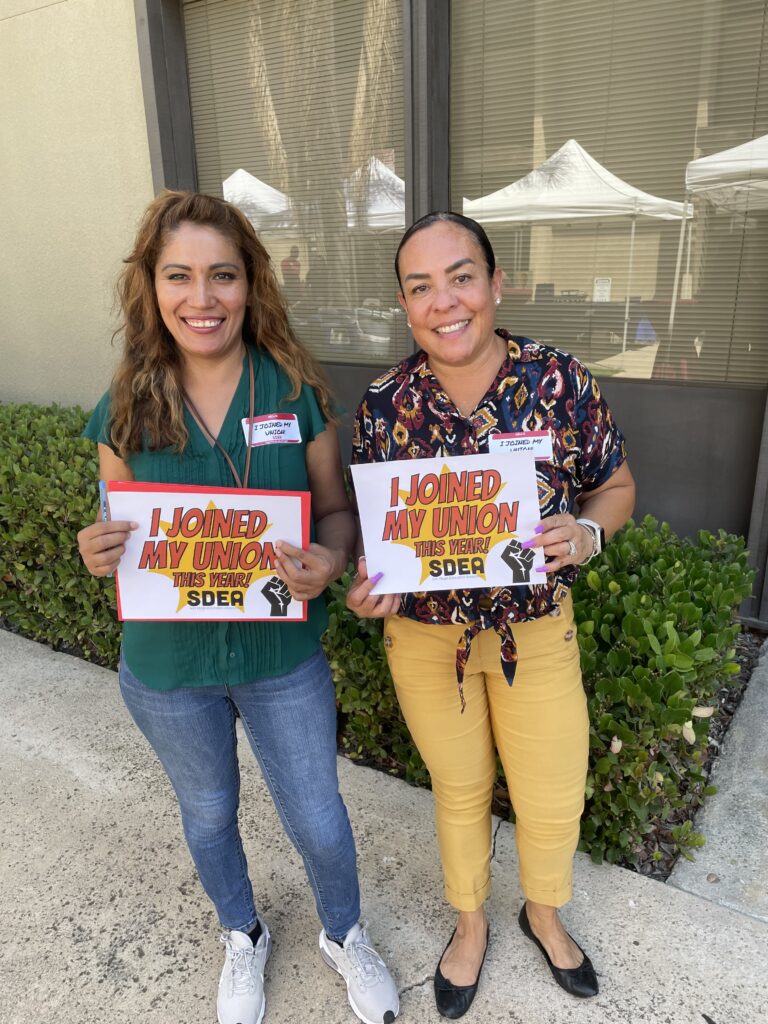

Contract Corner - Restorative Discipline Plans Improve Working Conditions for Members

Do you know our union contract requires Site Restorative Discipline Plans? Restorative discipline plans are essential to maintaining positive, safe environments for educators and students. Restorative Discipline Plans (RDPs) are created collaboratively with input from all stakeholders, including Admin, Staff and the Site Governance Team. RDPs created without input from the larger school community devalue the school community. When stakeholders are encouraged to have input, they are working together to find solutions that are meaningful and authentic for all, leading to successful plans. The plan is reviewed annually and must include:
- Expectations, supportive practices and consequences for responses to student behavior
- Responsibility for implementation
- Parental responsibility and support
In the event that routine classroom procedures are followed and a student continues to exhibit behavioral issues that disrupt the learning in a member’s classroom, the member may request a meeting with the admin to discuss supports and next steps.
Once the RDP has been adopted by the SGT, it must be followed with fidelity by staff and administrators. Consistent documentation of interventions and disciplinary actions are required.
Find resources to create or update your site’s Restorative Discipline Plan here.
Letters in Solidarity - Strong SDEA = Strong Schools

We hope that the school year is starting off well for you and your students! We are proud to enter this school year again as SDEA leaders standing alongside over 6,000 fellow union educators in SDUSD. Together, we have the power to enforce our historic new contract.
We learned in our contract campaign last year that when we fight, we win! Through our organizing with massive rallies at the Ed Center and pickets at 140+ schools, we were able to achieve new heights on wages that will help fill vacancies, as well as numerous other improvements to our working conditions that directly affect our students’ learning conditions. Together, we’ve achieved one of the strongest union contracts in our state.
But we aren't done fighting! There are many pressing issues that we still need to take on collectively. Our schools are underfunded and under-resourced. Despite having the most students from low-income families in the US, California has one of the worst ratios in the country between our wealth (GDP) and how much we invest in TK-12 education. The funding situation will only get worse when the hundreds of millions of dollars that our district has received through COVID relief from the federal government expire at the end of this school year. This means that we must continue to advocate alongside community allies, SDUSD families, and our district leadership for ongoing, equitable funding for the highest need student population in San Diego County.
We also need to improve student and educator safety. Last school year, we saw an uptick in challenging student behaviors and growing mental health needs as we continued to transition back from the COVID shutdown. In response, we bargained for additional counselor staffing and new safety language in our contract that requires ongoing training and resources for incorporating restorative practices that provide a proactive, trauma-informed response to student behavior. In order to be committed to implementing this together successfully, educators, families, students, and administrators must be involved in developing Restorative Discipline Plans through Site Governance Teams. A top SDEA priority for this school year is to support schools in expanding shared decision-making that will bring more voices into the conversation and result in better practices in our classrooms.
While we continue to face serious issues that will test our resolve, we know that our union solidarity is the best way to meet these challenges head on. Together, we will enforce our standard-setting contract that we have consistently strengthened with each successive agreement going back to the 1970s, when we had to go on strike to win the right to bargain with the district. We have organized in the past and must continue to stand united in defense of public education funding that will provide the resources that our students deserve. None of us has that ability alone, but together, we have the power to continue to strengthen our schools and the communities we serve.

Know Your Rights! Excessing
September 2023

Excessing = Reduction of Staff
Excessing is a type of bi-annual involuntary transfer process that is done to achieve a reduction of staff due to declining enrollment or loss of funding at the site. On rare occasions, excessing is also used to address credential mismatches. The term in the union contract is “transfer to reduce staff.”
Being excessed IS NOT THE SAME as being laid off
A member who is notified that they’ll be transferred to reduce staff (“excessed”) will still have a job in SDUSD, but the location of the job will change. On the other hand, a layoff notice means that the member might not have a job in SDUSD. Layoffs are governed by state law (Ed Code), and have strict procedures and timelines that the district must adhere to (they typically only happen in the spring, for example).
The window for excessing only opens twice a year
Transfers to reduce staff (“excessing”) can only happen at two times:
- The end of one school year for the next school year, with written notification before the start of the May Post, and
- In the fall until October 31.
Excessing is based on seniority
Instead of allowing the supervisor to play favorites, the union contract establishes rules about who is to be transferred should there be a need to transfer to reduce staff (“excess”). Here are the steps:
- The supervisor determines, based on enrollment, the subject area or program to be reduced. There used to be a restriction at the elementary schools to “levels” (TK-3 or 4-6) from which the administration had to excess from, but that was negotiated out of the contract last school year, and no longer applies. At elementary schools, the elementary UTK - 6th grade “program” is considered as one entity. Involuntary transfers (“excessing”) utilize strict seniority across the entire school site now when there is a reduction in staff needed.
- The supervisor must ask for volunteers to achieve the desired reduction in staff.
- If there is no volunteer, the member with the least seniority in the subject area or in the affected program is to be involuntarily transferred (“excessed”).
Exercising seniority rights to stay
The member to be transferred (“excessed”) may be able to exercise seniority rights to stay at the site. To exercise seniority rights, the member must meet two requirements:
- Recent experience: The member has taught in SDUSD in a different subject program for at least 2 school years in the last 9, or 1 school year in the last 5.
- Seniority: The member must be more senior than another member who works in the subject or program in which they wish to exercise seniority rights.
Only the member who is selected by administration for an involuntary transfer (“ excessing”) can decide if they want to exercise seniority rights (if eligible) to stay. The supervisor can’t exercise seniority rights for them.
How do excessed staff get a new position in the fall?
Human Resources utilizes an electronic process that allows unit members to rank all available positions for which they are qualified and credentialed in order of preference. HR will notify employees of the staffing process and the timeline for staffing on the day prior to the electronic distribution of positions. HR will assign these unit members in seniority order according to preference. Unit members have forty-eight (48) hours to rank the available positions. If a unit member does not submit a preference by the deadline, the unit member will be assigned to a vacancy by HR.
What are the timelines for fall excessing this year?

What should we do if our rights aren’t respected?
Talk with the AR (Association Representative) at your worksite, review this KYR article and read the applicable contract sections. Our union contract has a process for enforcing our rights — the grievance procedure. The next step you and your AR might take is a grievance meeting with the supervisor.
SOURCE: SDEA Contract, Section 12.5.1
10% Retro Checks on Their Way
Welcome Back!
I hope that you had time to rest and recharge this summer! I am proud to be the president of SDEA and stand alongside over 6,000 fellow union educators in SDUSD. Together, we have the power to enforce our historic new contract. This isn't just about us, though. It's about those brains we're shaping every day – our students. The way we work and teach directly affects how they learn, so having solid working conditions means better learning conditions for them. Through our collective efforts, we’re creating a win-win situation for students and educators alike.
YOU are a crucial part of what makes our union strong. You're not just some extra in the background – you ARE SDEA! Our collective power is the sum of the contributions of each and every one of us. Remember that the next time you're in the classroom sharing your skills, knowledge and passion with those young minds. You're an essential part of this incredible union!
So here's to you, to us, and to the momentous achievements that we’re going to accomplish together this school year!
Pay Day: Retroactive Raises Won in our Contract Being Distributed!
Today, the District began distributing retroactive pay for the 10% salary increase from last school year (2022-23). The retro pay will be separate from the regular pay for August.
This increase was achieved through our collective organizing efforts at school sites and within the community. Additionally, SDEA members secured a 5% raise for this current school year, which, when compounded with the 10% raise from last year, totals a 15.5% increase. This new rate came into effect on July 1 and is reflected in the July paychecks for those on 12-pay schedules. For those receiving 10 paychecks annually, the 15.5% increase will be applied starting with August paychecks. These raises not only benefit us, they are also crucial for attracting the best educators to our district.

Please note that union members on a 10-pay schedule will now receive their paychecks from August through May, a change from the previous calendar of September through June. This adjustment was made during last year’s contract negotiations due to the school year's altered start and end dates.
See the SDEA 2022-2025 Contract Summary for more information on wages and numerous other improvements that will be implemented starting this school year including:
- Extending maternity leave to 6 weeks to support our educators during a pivotal time in their lives. This matches the best maternity leave program amongst school districts throughout the county.
- Continued fully paid family healthcare coverage. This also is the highest standard in SD County school districts.
- Increased counselor staffing and the protection of nursing services, enabling us to address the growing mental and physical health needs of our students.
- Expanded elementary enrichment classes which enhance the educational experience for our youngest learners, while also providing additional prep time for our elementary classroom teachers.
- Enshrining 2 teachers in every transitional kindergarten classroom and lowering secondary PE class size, which will allow for more individualized support for students.
- Addressing the workload concerns of special education staff with the alleviation of private school assessments from our plates.
Our new contract and the organizing we did to win it is a testament to the collective power of our union and to our commitment to win the schools and communities our students deserve. Together, we’ve achieved one of the strongest union contracts in our state!
Fund the Fight to Maintain a Pro-Public Education School Board
The SDUSD School Board is a vital partner that made our new contract possible and is committed to expanding the resources available to our schools. Despite well-financed opposition from anti-public education groups, our SDEA-endorsed candidates triumphed in the SDUSD School Board election last year. This success was driven by coordinated SDEA efforts, backed by a robust Political Action Committee (PAC) fund.
Starting with the primaries later this school year, a majority of the school board’s members will be up for re-election. SDEA endorsed school board members – Sabrina Bazzo, Richard Barrera, and Dr. Sharon Whitehurst-Payne – are all seeking re-election. Continued backing from SDEA members is crucial to ensure that our endorsed candidates succeed. If you’re not already a contributor to the PAC fund supporting our pro-union and pro-public education school board, you can sign up here.
TOGETHER WE ARE STRONGER!
Kyle Weinberg, SDEA President
SDEA 2023 Scholarship Recipients

SDEA annually offers scholarships for members and members’ dependents. The Dependent Application is for graduating seniors and current college-enrolled students, who are dependents of a current SDEA member. The Member Application is for current SDEA members who wish to further their education.
Meet this year's scholarship recipients.

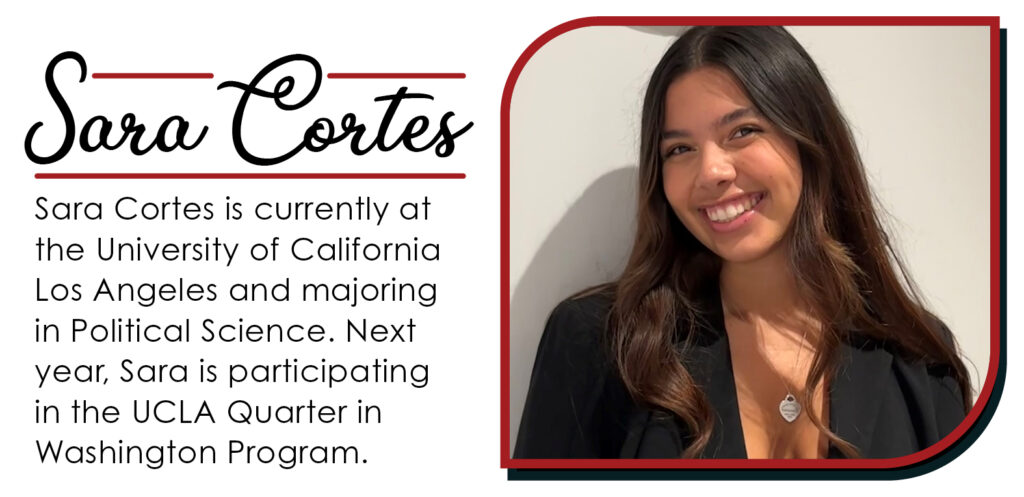
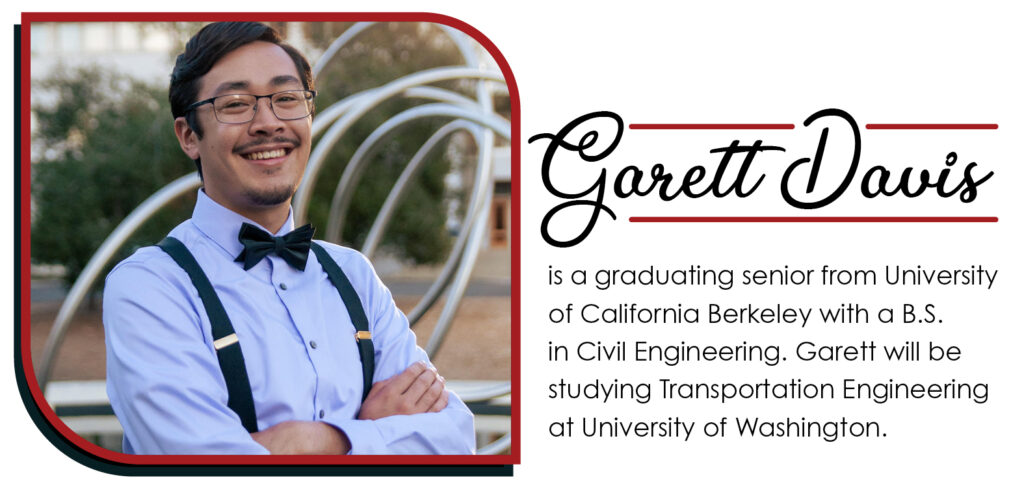

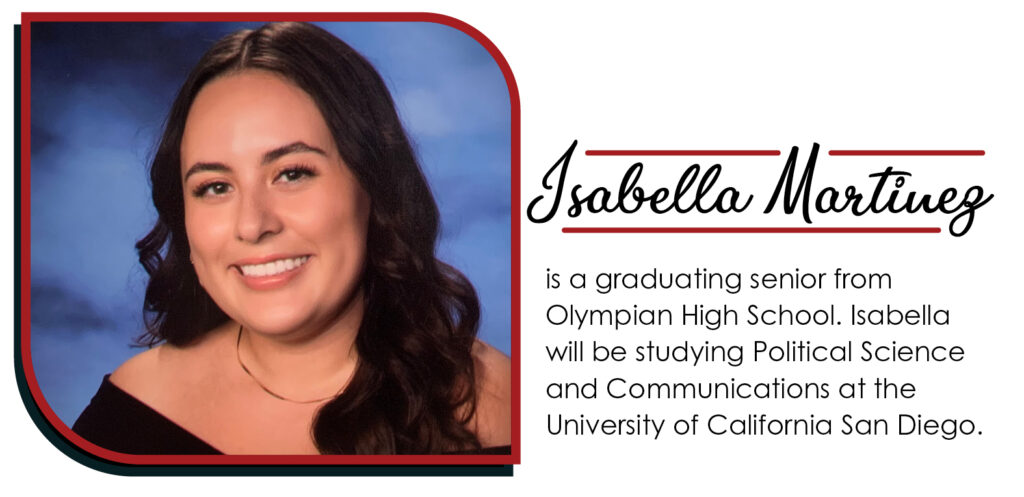

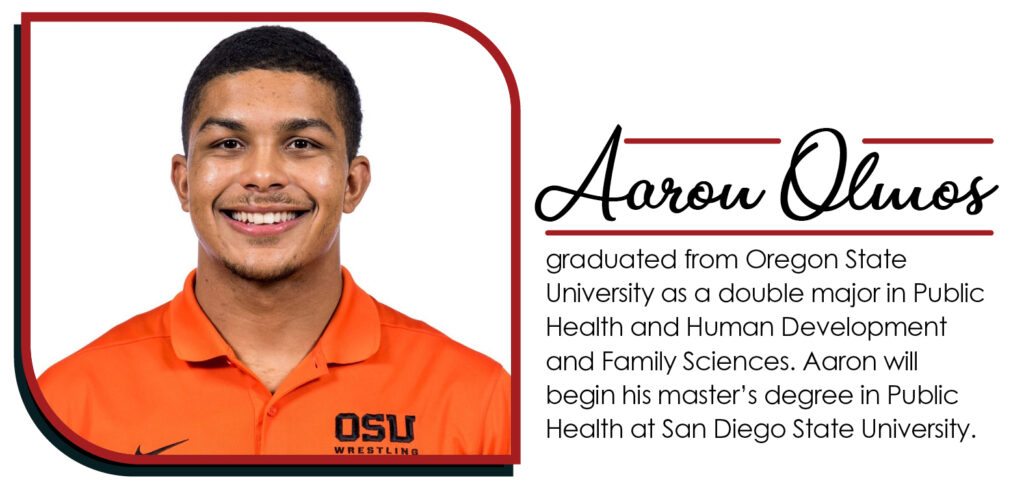



If you are interested in an SDEA scholarship in future years, find out more information here on how to apply.








